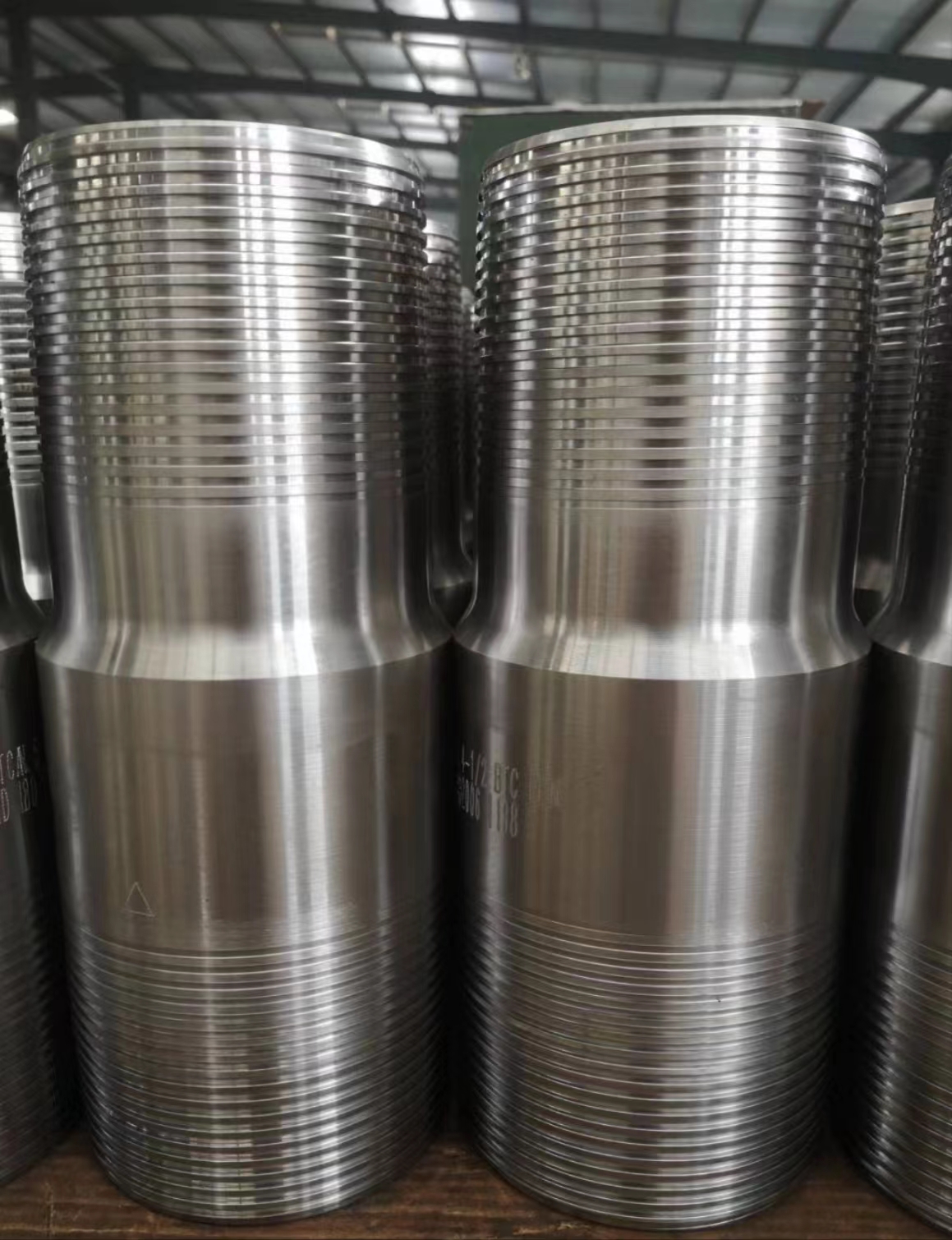- Afrikaans
- Albanian
- Amharic
- Arabic
- Armenian
- Azerbaijani
- Basque
- Belarusian
- Bengali
- Bosnian
- Bulgarian
- Catalan
- Cebuano
- Corsican
- Croatian
- Czech
- Danish
- Dutch
- English
- Esperanto
- Estonian
- Finnish
- French
- Frisian
- Galician
- Georgian
- German
- Greek
- Gujarati
- Haitian Creole
- hausa
- hawaiian
- Hebrew
- Hindi
- Miao
- Hungarian
- Icelandic
- igbo
- Indonesian
- irish
- Italian
- Japanese
- Javanese
- Kannada
- kazakh
- Khmer
- Rwandese
- Korean
- Kurdish
- Kyrgyz
- Lao
- Latin
- Latvian
- Lithuanian
- Luxembourgish
- Macedonian
- Malgashi
- Malay
- Malayalam
- Maltese
- Maori
- Marathi
- Mongolian
- Myanmar
- Nepali
- Norwegian
- Norwegian
- Occitan
- Pashto
- Persian
- Polish
- Portuguese
- Punjabi
- Romanian
- Russian
- Samoan
- Scottish Gaelic
- Serbian
- Sesotho
- Shona
- Sindhi
- Sinhala
- Slovak
- Slovenian
- Somali
- Spanish
- Sundanese
- Swahili
- Swedish
- Tagalog
- Tajik
- Tamil
- Tatar
- Telugu
- Thai
- Turkish
- Turkmen
- Ukrainian
- Urdu
- Uighur
- Uzbek
- Vietnamese
- Welsh
- Bantu
- Yiddish
- Yoruba
- Zulu
Understanding the Differences Between Well Tubing and Casing for Effective Drilling Operations
Understanding Well Tubing and Casing in Oil and Gas Operations
In the oil and gas industry, the extraction of hydrocarbons from beneath the Earth’s surface is a complex process that relies heavily on the structural integrity and functionality of well tubing and casing. These two components are critical for ensuring safe and efficient drilling operations, as well as the long-term sustainability of the well.
What is Well Casing?
Well casing refers to the large diameter pipes that are installed in a wellbore once it has been drilled. The primary purpose of casing is to provide structural support to the well, preventing it from collapsing under geological pressures. Casing also serves several key functions it isolates the wellbore from surrounding formations to protect groundwater, prevents the ingress of contaminants, and allows for pressure control during the extraction process.
Casing comes in various grades and sizes, typically made of steel due to its strength and durability. The different types of casing, such as surface casing, intermediate casing, and production casing, are deployed at different depths within the well, depending on the geological conditions encountered. Surface casing is primarily used to stabilize the upper portion of the well, while intermediate casing serves to protect against pressures from deeper formations. Production casing is installed to enable the actual extraction of oil or gas.
What is Well Tubing?
While casing provides the structural framework for the well, well tubing operates within the casing and is utilized to transport oil or gas from the reservoir to the surface. Tubing is a smaller diameter pipe that can withstand the high pressures and temperatures encountered during production.
Tubing is essential for separating the production fluids from the wellbore, allowing for the efficient flow of hydrocarbons to the surface. It also plays a role in implementing enhanced oil recovery techniques, such as water or gas injection, which can help maintain reservoir pressure and stimulate production.
well tubing and casing

Importance of Proper Installation and Maintenance
The installation of casing and tubing is a critical phase in well construction, as improper installation can lead to catastrophic failures, including blowouts or leaks that can have devastating environmental impacts. Hence, rigorous standards and procedures are implemented during the installation process to ensure that both casing and tubing are installed correctly and securely.
Moreover, regular inspection and maintenance are vital to ensure the longevity and functionality of both casing and tubing. Various techniques, such as pressure testing and logging, are employed to identify potential weaknesses or compromised sections. In many cases, remedial actions such as cementing or perforation repairs are executed to address any issues identified during these inspections.
Future Trends in Well Tubing and Casing
As the oil and gas industry evolves, so too do the technologies associated with well tubing and casing. Advancements in materials science have led to the development of corrosion-resistant alloys and composite materials that can withstand harsh environmental conditions while reducing weight. Innovations in design and engineering are also being explored to create tubing and casing that can be deployed more efficiently, minimizing cost and time during drilling operations.
Furthermore, with the increasing emphasis on environmental sustainability and regulations, the industry is looking at advanced monitoring systems for integrity assessment. These systems aim to provide real-time data on the condition of well tubing and casing, helping operators to preemptively address any potential issues before they escalate.
Conclusion
In summary, well tubing and casing are indispensable components in the oil and gas extraction process. Their roles in maintaining the integrity of the wellbore and facilitating the flow of hydrocarbons are crucial for operational success. As technology advances, it is crucial for the industry to adapt and innovate to ensure safer and more efficient extraction methods, all while minimizing environmental impacts. Proper installation, regular maintenance, and ongoing research will continue to play vital roles in enhancing the efficacy and safety of well tubing and casing in the industry.
-
Tubing Pup Joints: Essential Components for Oil and Gas OperationsNewsJul.10,2025
-
Pup Joints: Essential Components for Reliable Drilling OperationsNewsJul.10,2025
-
Pipe Couplings: Connecting Your World EfficientlyNewsJul.10,2025
-
Mastering Oilfield Operations with Quality Tubing and CasingNewsJul.10,2025
-
High-Quality Casing Couplings for Every NeedNewsJul.10,2025
-
Boost Your Drilling Efficiency with Premium Crossover Tools & Seating NipplesNewsJul.10,2025







